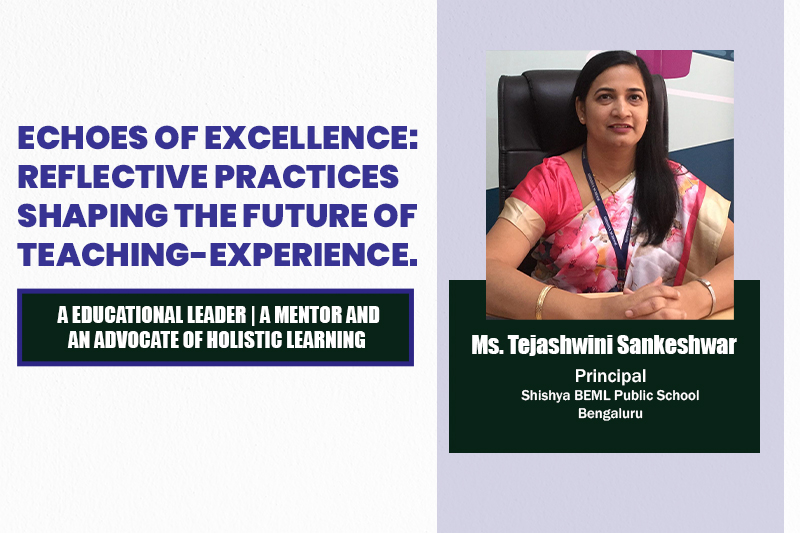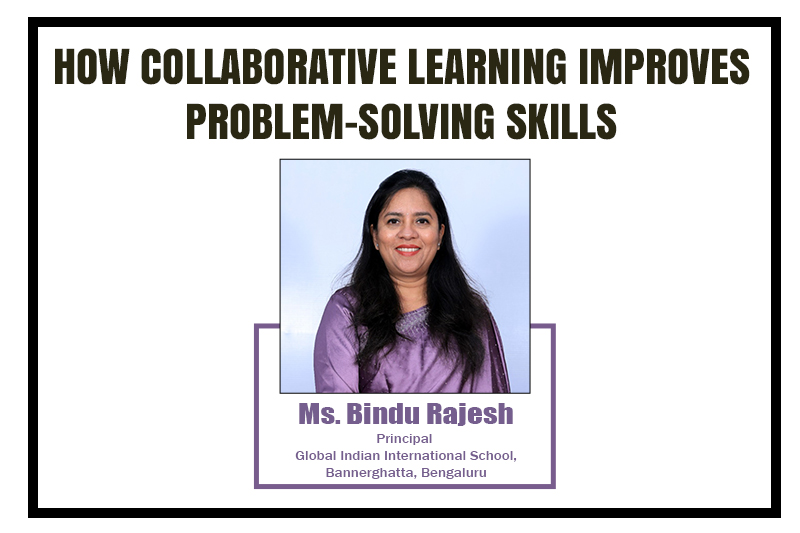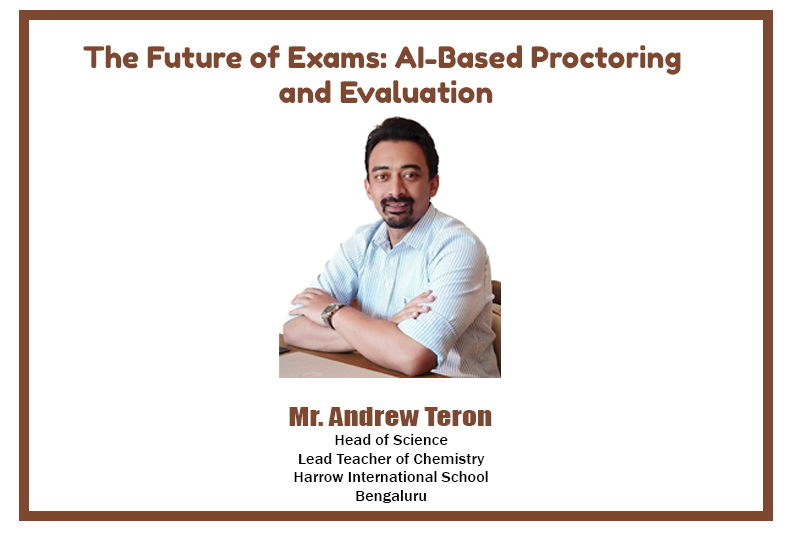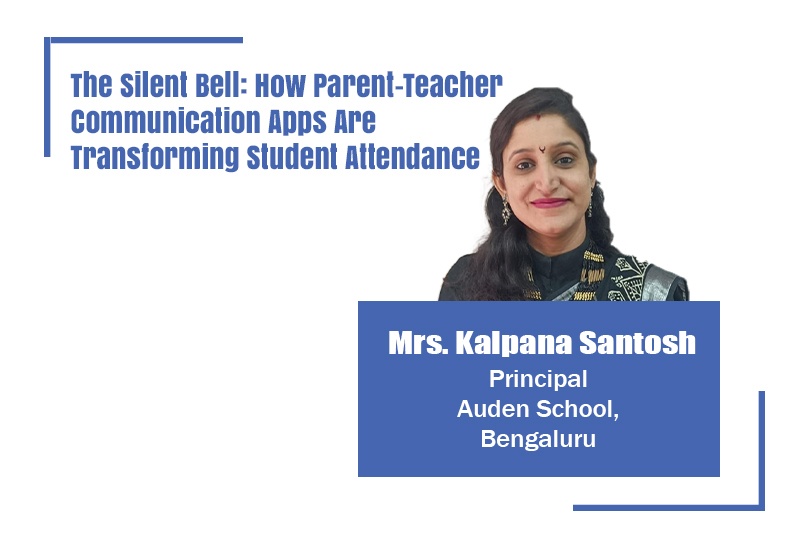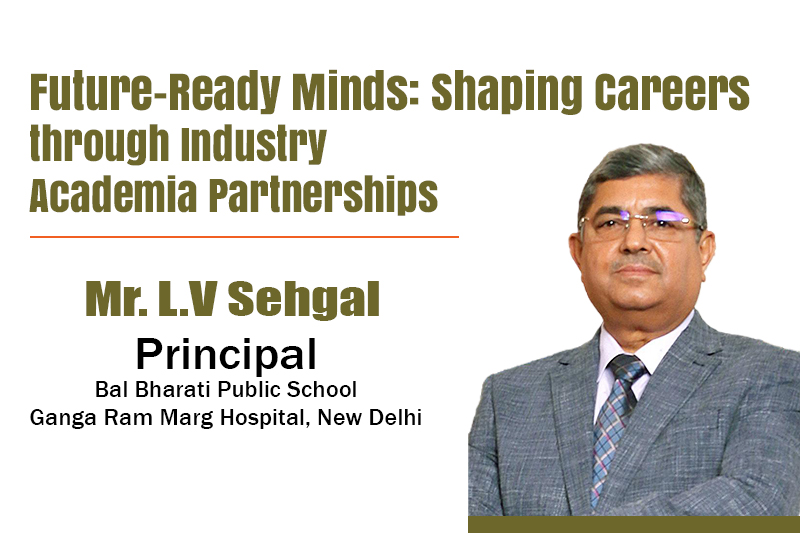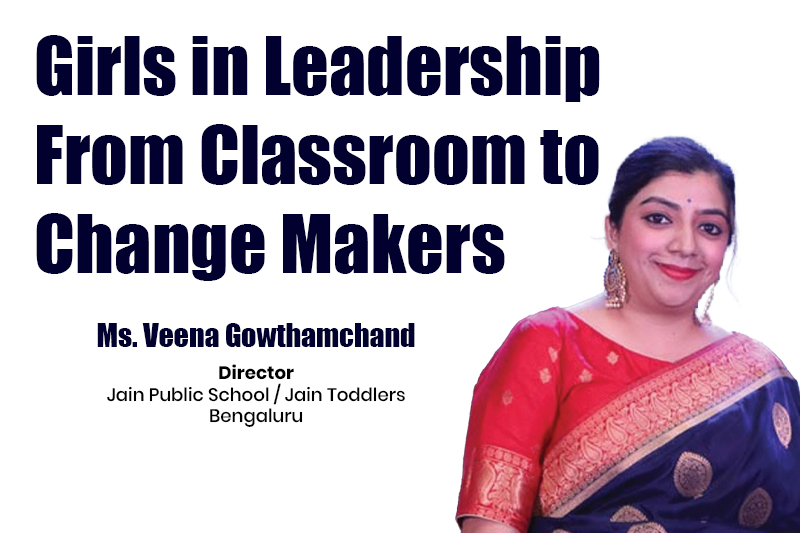Reflective Teaching at Shishya BEML: Insights by Ms Tejaswini Sankeshwar
“Echoes of Excellence: Reflective Practices Shaping the Future of Teaching Experience.” — John De
In today’s dynamic educational landscape, teaching is more than delivering content or following structured lesson plans. At the heart of impactful education lies a principle that is both timeless and timely: reflective teaching. According to Ms Tejaswini Sankeshwar, Principal of Shishya BEML Public School, this practice is pivotal not only for academic growth but also for shaping resilient, thoughtful educators and empowered learners.
Reflective teaching refers to the habit of examining one’s teaching methods, understanding outcomes, and continually adapting to meet student needs. It’s not just about evaluating what went well or what didn’t; it’s about asking why and how things happened the way they did, and then using those insights to refine the future approach.
Teaching as a Journey, Not a Destination
The classroom is no longer a static space. It’s a living environment where change is constant — from technological advancements to diverse student needs. In this setting, a teacher’s greatest tool isn't just a lesson plan; it’s the ability to reflect and adapt.
As Ms Tejaswini Sankeshwar highlights, excellence in education now demands a deeper level of awareness — one that comes from introspection. Teachers who regularly reflect on their instructional strategies, classroom dynamics, and student engagement are more equipped to evolve with the times. This mindset fosters lifelong learning, not only among students but within the educators themselves.
Small Changes, Lasting Echoes
Consider the real-life example of Mr. Raj, a middle school English teacher. He observed a consistent lack of enthusiasm during his poetry lessons. Instead of assuming his students simply weren’t interested, he paused to reflect. Was his method too rigid? Were students disengaged because they couldn’t relate?
Through journaling and feedback from peers, he discovered the need for a more creative, student-driven approach. He introduced student-written poetry, collaborative readings, and visual interpretations. The transformation was profound — not only did students become more engaged, but they also developed a genuine connection with the subject.
This story is a powerful testament to what reflective teaching can achieve: real, meaningful change in the learning experience. It demonstrates that thoughtful introspection can illuminate blind spots, refine methods, and ultimately boost student success.
Tools for Reflection
Reflection doesn’t require hours of effort or complicated systems. Even a few minutes of quiet contemplation at the end of the school day can uncover valuable insights. Ms Tejaswini Sankeshwar recommends several strategies for educators looking to incorporate reflection into their routine:
- Teaching journals: Regularly documenting classroom experiences, challenges, and triumphs helps identify patterns and areas for growth.
- Video recordings: Watching recordings of lessons can offer a new perspective and highlight aspects of teaching that go unnoticed in the moment.
- Peer discussions: Constructive conversations with colleagues can surface new ideas and encourage collaborative problem-solving.
- Student feedback: Honest input from learners can be incredibly revealing, especially when it comes to engagement and comprehension.
These practices not only encourage teacher growth but also help in developing empathy, clarity, and intentionality — all of which are cornerstones of education excellence.
Meeting the Demands of Modern Classrooms
Classrooms today are more diverse than ever. With students coming from multilingual backgrounds, having varied learning styles, and navigating digital tools, educators must continuously evolve their practices. Reflecting on student performance data, for example, might reveal that a group of learners consistently underperforms on assessments. Digging deeper could uncover issues related to language barriers or assessment design — leading to more inclusive and equitable teaching strategies.
Reflective teaching enables educators to respond to such nuances with agility. It's not about changing everything overnight but making informed, meaningful adjustments that support holistic learning.
The Role of School Culture
While individual reflection is powerful, a school-wide commitment to reflective practice can create an environment where growth is collective. At Shishya BEML Public School, Ms Tejaswini Sankeshwar has championed initiatives that prioritize reflection as a professional standard. Regular staff meetings include time for shared reflection, mentorship opportunities are encouraged, and successes and learnings are celebrated openly.
When reflective practices are embedded into a school’s DNA, it fosters a culture of trust, innovation, and shared learning. Teachers feel empowered to take risks, explore new methods, and learn from both successes and failures.
Modeling Lifelong Learning
Reflective teachers don’t just improve their own practice — they model lifelong learning for their students. By showing a willingness to learn, adapt, and grow, they send a powerful message: that learning doesn’t end with a diploma or a textbook. It is a continuous journey of curiosity, humility, and growth.
As Ms Tejaswini Sankeshwar beautifully puts it, “The best teachers are those who show you where to look, but don’t tell you what to see.” Reflective educators guide students not just through curricula, but through life — teaching them to think critically, assess situations thoughtfully, and strive for excellence in every endeavor.
Conclusion: The Echoes We Leave Behind
In a world where educational trends and technologies are constantly shifting, reflective practice serves as both an anchor and a compass. It grounds educators in their purpose while guiding them toward innovation and relevance.
At Shishya BEML Public School, reflective teaching isn’t a buzzword — it’s a philosophy. Under the visionary leadership of Ms Tejaswini Sankeshwar, the school has embraced this approach as a vital part of its identity. The result? Empowered teachers, inspired learners, and a legacy of excellence that extends far beyond the classroom.
So, the real question for every educator becomes: What kind of echoes do you want your teaching to leave behind?
